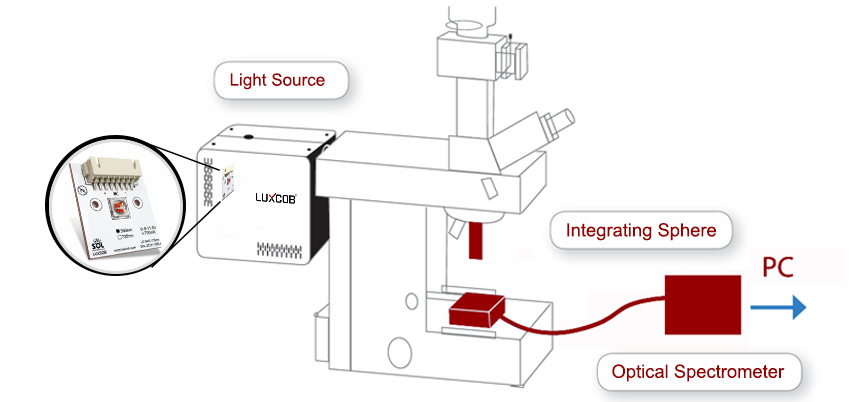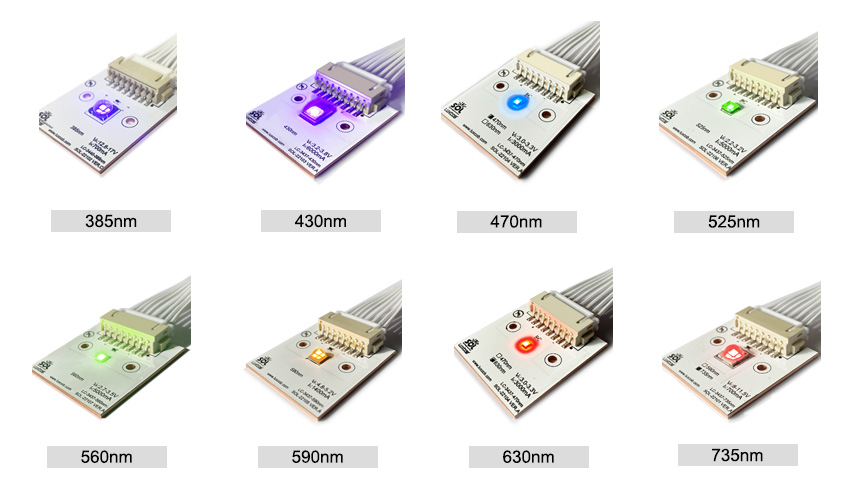

In the realm of fluorescence microscopy, the intensity of illumination plays a crucial role in determining the brightness, contrast, and overall quality of the images captured. As technology progresses, LED systems have emerged as popular alternatives to traditional mercury and metal halide lamps. However, the complexity surrounding optimal illumination often leads to confusion, primarily due to the lack of standardized measurement methods.
Clarifying Illumination Intensity Terminology
To effectively understand how illumination impacts microscopy, it is essential to clarify some key terms related to illumination intensity:
Intensity: This refers to power per unit area, measured in Watts per square meter (W/m²).
Radiant Intensity: This measures power per unit solid angle (steradian) and is expressed in Watts per steradian (W/sr).
Irradiance: This is the preferred term that denotes radiant power per unit area at a surface, measured in milliwatts per square millimeter (mW/mm²).
While power is frequently mentioned in Watts, it does not adequately convey how effectively light is focused onto a surface. For this reason, irradiance is the most meaningful measure for describing the light that reaches a sample, thereby avoiding confusion with other terminologies.
The Impact of Illumination on Microscopy
Understanding these terms is not merely an academic exercise; it has significant real-world implications for researchers and laboratories. The effectiveness of your fluorescence microscopy results is heavily influenced by your choice of illumination system. The right choice can dramatically improve image quality, enhancing both brightness and contrast, which are vital for distinguishing the fine details in cellular and sub-cellular structures.
For instance, excessive illumination can lead to photobleaching—where fluorescent dyes lose their ability to emit light after prolonged exposure—which commonly results in compromised sample integrity. Conversely, insufficient illumination may yield images that are dim and difficult to interpret. By optimizing irradiance levels, researchers can achieve the balance, ensuring both sample integrity and high-quality imaging.

Custom LED Solutions for Microscopy
Our company specializes in custom LED modules specifically designed for microscopy applications. By focusing on providing irradiance values, we ensure that your samples receive the optimal amount of light tailored to your specific needs. Our LED solutions not only enhance image brightness and contrast but also enable better resolution, making your research more reliable and reproducible.
We understand that navigating the various illumination technologies available can be confusing. Thus, we aim to provide you with tailored solutions that fit seamlessly into your workflow. Our expert team is dedicated to helping you optimize your fluorescence microscopy processes, ensuring that you achieve the best possible results.
With our advanced LED modules, you can look forward to improved image capture capabilities, enhancing your ability to gather critical data for your research. Coupled with energy efficiency and a longer operational lifespan compared to traditional light sources, our custom LED solutions represent a smart investment in your laboratory's future.
Let us elevate your microscopy experience with technology that delivers not just illumination, but precision and quality. Together, we can make significant in your research endeavors!

